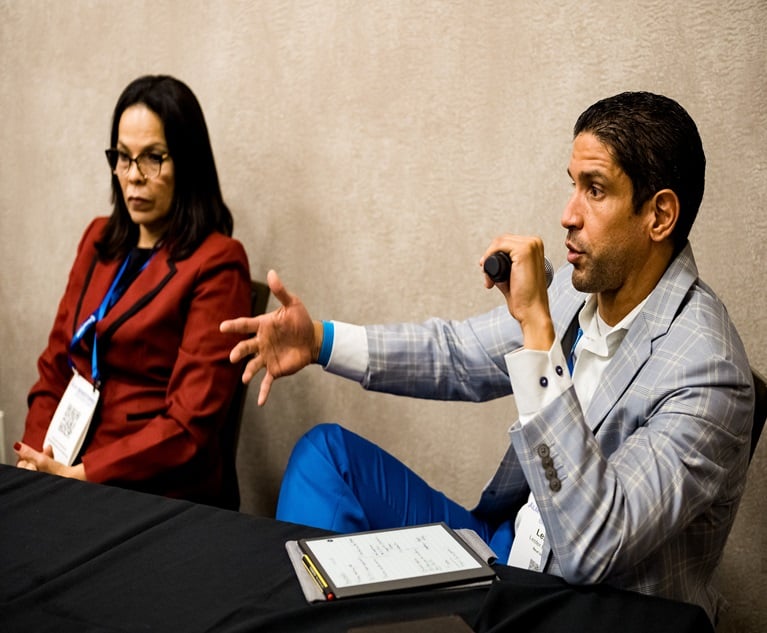NU Online News Service, June 24, 3:15 p.m. EDT
|The property insurance take-up rate for terrorism insurancecontinues to rise as 61 percent of companies surveyed by insurancebroker Marsh purchased the coverage.
|In its 2010 market report, Marsh said the number of purchasers has continued torise since 2003, when only 27 percent of those surveyed purchasedproperty terrorism coverage. In 2008, the number had dropped from ahigh of 59 percent to 57 percent.
|In 2009, companies in the utility, real estate, healthcare,transportation, financial institution and media industries led theway in purchasing property terrorism insurance, with more than 70percent take-up.
|Manufacturing, food and beverage and energy were on the low endat less than 50 percent. Energy had the lowest take-up rate at 40percent.
|The median premium rate for terrorism insurance was down from$37 per million of total insured value in 2008 to $25 per millionin 2009.
|Construction, hospitality, utility and real estate suffered thehighest median premiums rates last year at $50 per million of totalinsured valued.
|In terms of pricing as a percentage of overall propertypremiums, financial institutions and transportation paid thelargest share at 24 percent and 17 percent respectively, the reportsaid.
|On the other hand, hospitality firms witnessed the largestdecrease from 13 percent in 2008 to 4 percent last year.
|Capacity in the standalone terrorism market is estimated to beat $3.76 billion, offering coverage for both TRIA-certified(Terrorism Risk Insurance Act) and noncertified risks.
|Insurers remain cautious about accumulating too much terrorismrisk, Marsh noted. They continue to avoid gathering too muchexposure in "high-profile urban" areas, and are concerned with "theresidual risk of terror events."
|Reinsurers offer terrorism risk on a stand-alone basis and anestimated $700 million of per-occurrence is available, the reportsaid.
|Marsh said captives are viable vehicles for companies to coverterrorism exposures, especially as a way to control the cost of theprogram.
|In its report, Marsh said the industry still needs a number ofyears in the future to develop the surplus needed to cover anotherSept. 11 event, and a public and private sector program will beneeded long-term, otherwise, without that partnership, an economicdownturn is a real possibility.
Want to continue reading?
Become a Free PropertyCasualty360 Digital Reader
Your access to unlimited PropertyCasualty360 content isn’t changing.
Once you are an ALM digital member, you’ll receive:
- All PropertyCasualty360.com news coverage, best practices, and in-depth analysis.
- Educational webcasts, resources from industry leaders, and informative newsletters.
- Other award-winning websites including BenefitsPRO.com and ThinkAdvisor.com.
Already have an account? Sign In
© 2024 ALM Global, LLC, All Rights Reserved. Request academic re-use from www.copyright.com. All other uses, submit a request to [email protected]. For more information visit Asset & Logo Licensing.








